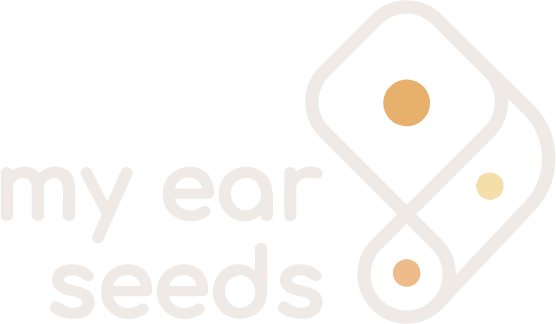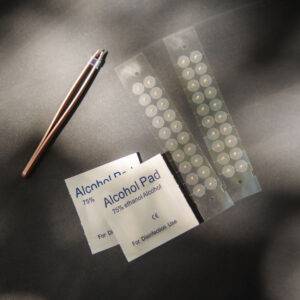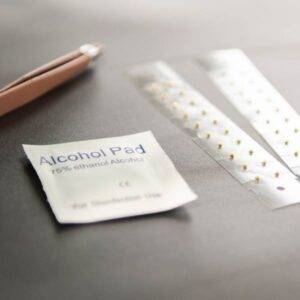Alternative and complementary medicine encompasses a diverse range of practices that serve a common goal: to alleviate pain, promote relaxation, ignite the body’s healing pathways, and enhance overall well-being through the use of hands-on techniques.
In this glossary, we’ll describe 15 alternative and complementary health professionals who use their hands to help control symptoms and improve health. From acupressure therapists to massage therapists, each discipline offers unique approaches to healing and well-being.
1. Acupressure Therapists:
Acupressure therapists apply pressure to specific acupoints along the body’s meridians to stimulate the flow of energy, known as “qi” or “chi,” to alleviate pain, reduce stress, and enhance overall health. Many acupressure therapists are also acupuncturists.
2. Acupuncturists:
Acupuncturists use thin needles to insert into specific acupuncture points to balance the body’s energy and promote healing, often used to alleviate pain and treat various medical conditions.
3. Reflexologists:
Reflexologists work on the feet, hands, and ears, applying pressure to reflex points that correspond to specific organs and systems in the body. This practice is believed to relieve tension, improve circulation, and support overall health.
4. Massage Therapists:
Massage therapists manipulate the soft tissues of the body, including muscles and connective tissues, using various techniques such as Swedish, deep tissue, and shiatsu, to promote relaxation, reduce tension, and alleviate muscle pain.
5. Reiki Practitioners:
Reiki practitioners channel healing energy through their hands to restore balance and harmony within the body’s energy fields, helping to alleviate physical and emotional symptoms and promote well-being.
6. Lymphatic Drainage Specialists:
Lymphatic drainage specialists use gentle, rhythmic hand movements to stimulate the lymphatic system, helping to reduce swelling, detoxify the body, and support the immune system’s function.
7. Chiropractors:
Chiropractors focus on the alignment of the spine and musculoskeletal system, using manual adjustments and manipulations to alleviate pain and improve overall health.
8. Osteopaths:
Osteopaths are medical practitioners who use a holistic approach to treat musculoskeletal issues and other health problems, using manual techniques such as stretching and manipulation to enhance the body’s self-healing abilities.
9. Craniosacral Therapists:
Craniosacral therapists use gentle hand pressure to manipulate the craniosacral system, which includes the skull and spinal column. This practice is believed to promote relaxation, alleviate pain, and enhance overall well-being.
10. Polarity Therapists:
Polarity therapists work with the body’s energy fields and use hands-on techniques to balance energy flow, alleviate tension, and enhance physical and emotional health.
11. Myofascial Release Therapists:
Myofascial release therapists focus on releasing tension in the fascia, a connective tissue that surrounds muscles and organs. They use hands-on techniques to improve mobility and reduce pain.
12. Reflexive Biofeedback Practitioners:
Reflexive biofeedback practitioners use hands-on methods to help clients become more aware of their body’s physiological responses, promoting self-regulation and stress reduction.
13. Ayurvedic Bodyworkers:
Ayurvedic bodyworkers are types of alternative and complementary health professionals who use traditional Indian techniques, such as Abhyanga, Marma therapy, and Shirodhara, to balance the body’s energies, relieve stress, and improve overall health.
14. Traditional Chinese Medicine Practitioners:
Traditional Chinese Medicine practitioners may use Tuina, a form of therapeutic massage, along with other hands-on techniques, to alleviate pain, improve circulation, and balance the body’s energy.
15. Bowen Therapists:
Bowen therapists use gentle, rolling movements on specific points of the body to stimulate the nervous system and promote healing, often used to relieve musculoskeletal pain.
Are alternative and complementary health professionals legitimate?
Ah, here’s where we address the elephant in the room: whether alternative and complementary health professionals’ services are evidence-based, valid, and effective.
The intent of a 2008 article in the International Journal of Health Sciences called Complementary and Alternative Healthcare: Is it Evidence-based? was to answer this very question. It, too, provides a high-level glossary of sorts of the different types of alternative and complementary therapies, some like Traditional Chinese Medicine dating back to 200 B.C. or before.
At My Ear Seeds, highlighting the evidence behind auricular acupressure is a core value of ours.
So we couldn’t agree more when the 2008 article’s author, Syed Amin Tabish, wrote, “More research must be undertaken to prove the effectiveness of complimentary therapies before they can be incorporated in formal medical practice.” And since 2008, the research backing different forms of alternative and complementary medicine has exploded.
Resurchify has put together a comprehensive list of top journals in complementary and alternative medicine if you’re interested in exploring further. This list includes Impact Scores, Overall Ranking values, and other details for each publication.
How to find alternative and complementary health professionals in your area
The world of alternative and complementary medicine offers a rich tapestry of hands-on professionals, each specializing in unique techniques designed to alleviate pain, reduce stress, and enhance overall well-being.
Whether you’re seeking relief from physical discomfort or looking to improve your emotional and mental health, there’s likely a hands-on practitioner in your area whose expertise aligns with your needs.
Aside from the obvious search engine sourcing for alternative and complementary health professionals near you, one of the best ways to find practitioners in your area is through Facebook groups.
Alternative and complementary health professionals often work virtually too!
Also, remember that some alternative and complementary health professionals work virtually. Although the “hands-on” aspect was featured in this glossary, some practitioners are able to do a scope of their work virtually. An example is with our Virtual Ear Seeds Consultations, which provides ear seed education and guidance to our customers and clients over a video call.
Is it ideal if you can have ear seeds applied on your ears by someone else in person? Yes.
Is it sometimes more practical and cost-effective to apply ear seeds on your ears yourself? Also yes.
To sum it up
According to a fascinating report by Grand View Research, the global complementary and alternative medicine market’s expected growth from now to 2030 is around 25%. This indicates increasing demand for the products and services provided by alternative and complementary health professionals.
Looking for a natural, non-invasive acupressure therapy that you can apply yourself at home? Try ear seeds, which are small adhesive stickers that go. on your ears. They contain a tiny metal bead that applies constant pressure, and when applied to certain acupoints on the ears, can target relief from specific ailments.
Happy seeding!
References:
Tabish S. A. (2008). Complementary and Alternative Healthcare: Is it Evidence-based? International journal of health sciences, 2(1), V–IX.


